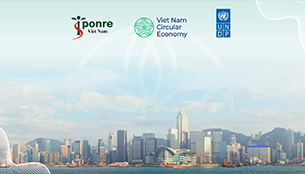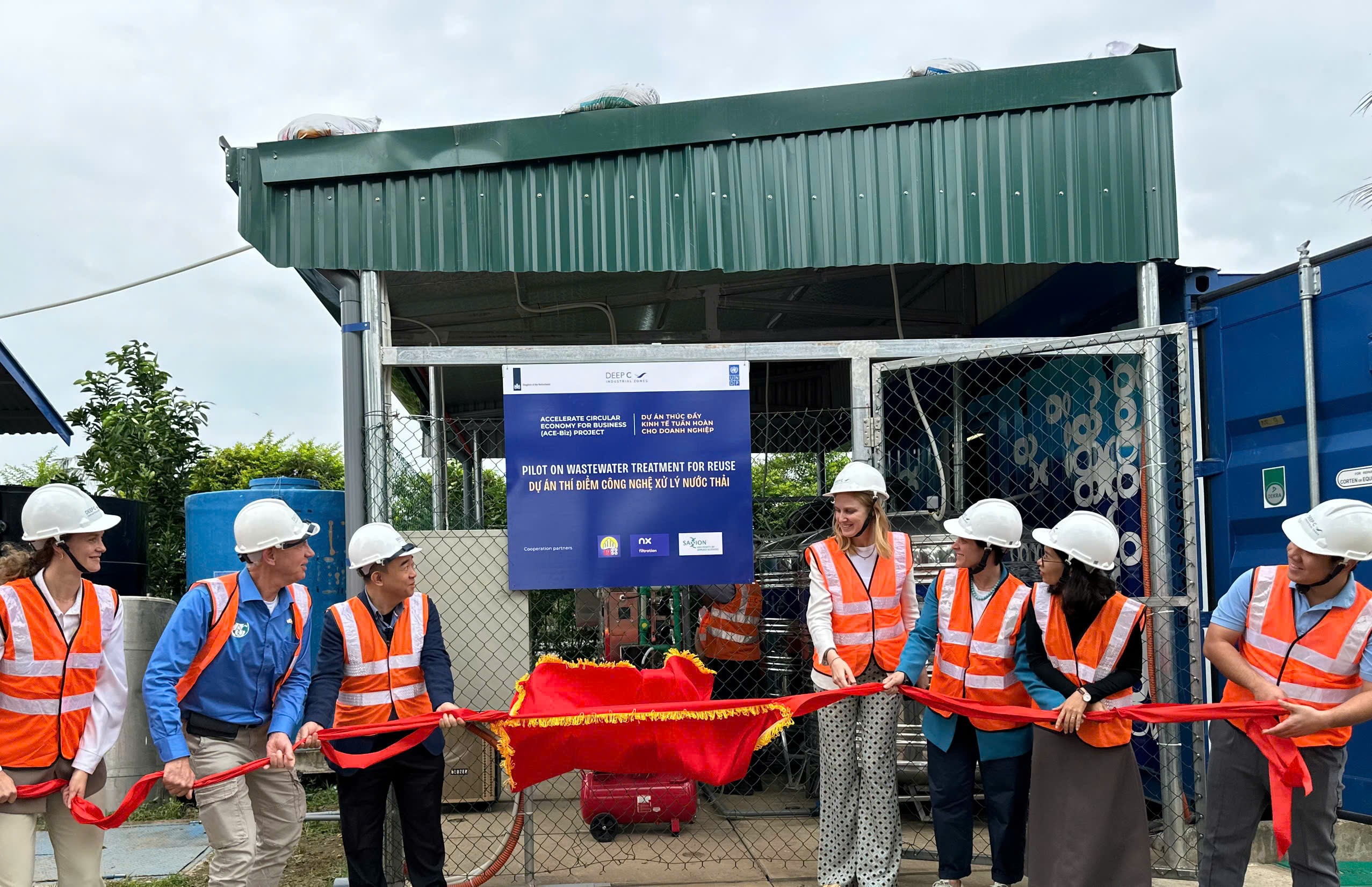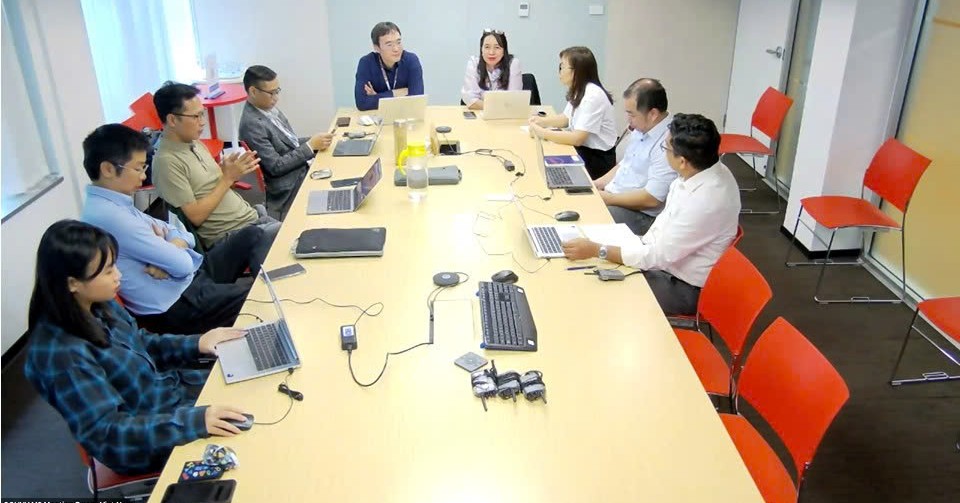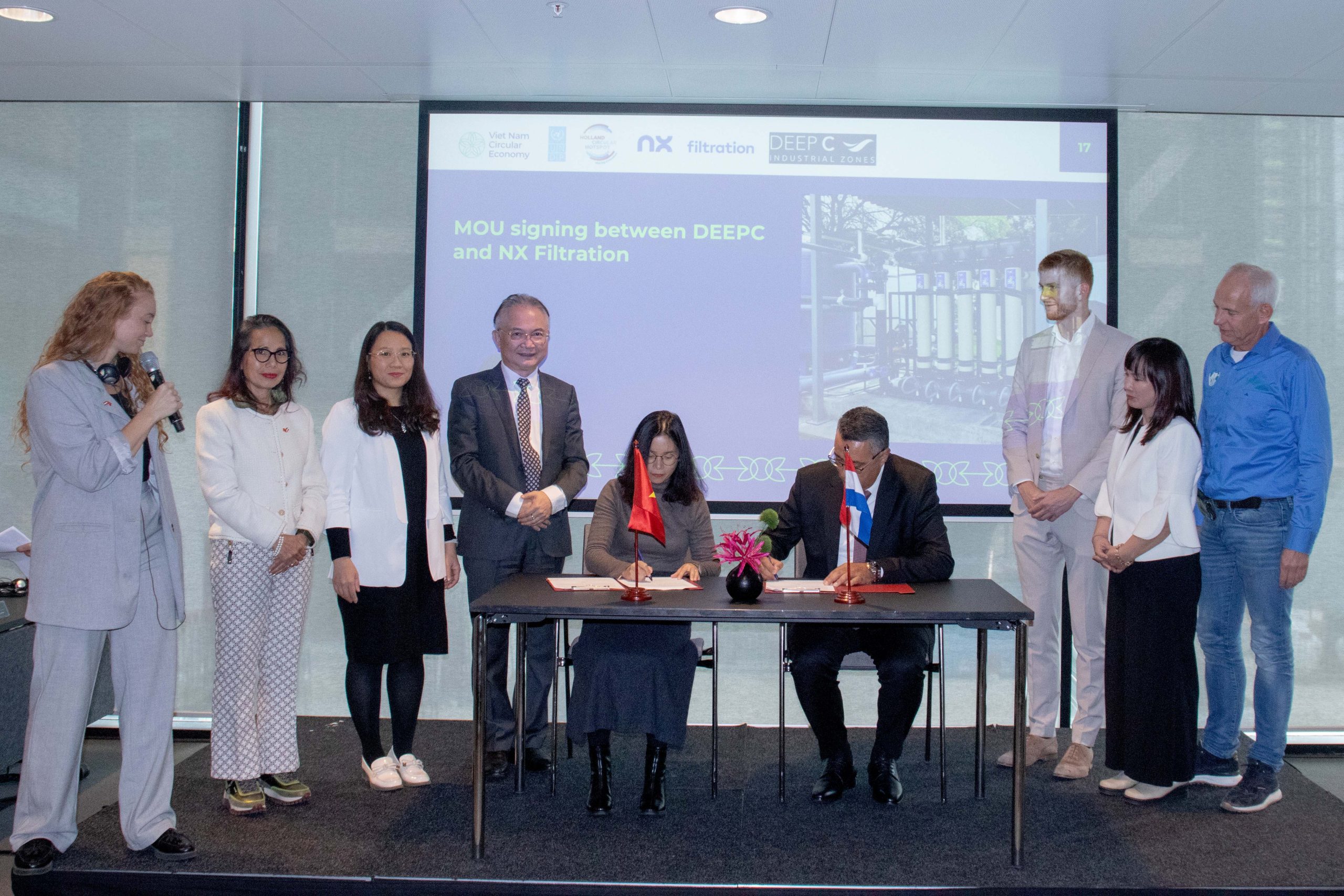
The circular economy is being evaluated as one of the solutions contributing to the successful implementation of the sustainable development goal, bringing about economic benefits, job creation, efficient use of resources, and reduced pollution and environmental degradation. The document of the 13th National Congress of the Communist Party of Vietnam, the Socio-Economic Development Strategy for the period of 2021-2030, with a vision to 2045 has affirmed to “encourage the development of a circular economy model” for the integrated and efficient use of the output of the production process”. Many Central Documents and Development Strategies have recently been issued related to the development orientation of sectors, fields, regions and regions, which continue to provide orientations for the development of business models. The circular economy is associated with more specific characteristics and goals.
The Law Environmental Protection Amendment (2020) introduced regulations on circular economy (Article 142); Detailed guidance on criteria, application method, assignment of responsibilities and mechanism to encourage the application of circular economy in Decree No. 08/2022/ND-CP. In addition, many important policy tools that regulate the behaviour of producers and consumers in the economy in an environmentally friendly manner will contribute to promoting the implementation of the circular economy comprehensively, efficiency and effectiveness, such as classifying domestic solid waste at source, calculating prices for collection, transportation and treatment of domestic solid waste based on volume or volume; extended liability of manufacturers and importers; recycling, waste reuse, environmental industry development, environmental services, green credit, green bonds…

The early recognition and institutionalization of the concept and regulations of the circular economy into Vietnam’s legal and policy framework has received strong support from the international community and the consensus of the science world and there have been signals of support and response by specific actions of the business community to this potential economic model.
Applying the circular economy in the beverage industry contains many high potentials and new opportunities for businesses operating in this field. Enterprises can apply CE solutions from the design stage, selecting materials, designing products, designing distribution, consumption and recovery processes to ensure minimal use of raw materials, prolonging product life cycle, limiting waste generation and adverse environmental impacts”. However, the reality of packaging waste generation in the beverage industry has been and is posing new challenges due to the level of waste generation, packaging design, classification, collection, recycling, etc. reuse is limited. Along with that, the Environmental Protection Law sets out many new regulations, including mandatory regulations such as environmental impact assessment, environmental permits, collection, classification, waste treatment, and responsibility. manufacturer’s extension; regulations on incentives, incentives, support on taxes, fees, green credits, green bonds, circular economy development, environmental services, environmental industry… to promote businesses to apply production and distribution in a more environmentally friendly manner.

Assessing the level of consumer interest in the elements of product packaging on a 5-point scale, Vietnam Report’s survey shows that consumers pay great attention to environmental friendliness (4.3/5) besides basic features such as: ensuring food hygiene and safety, clearly printing ingredients, expiry date, origin. In reality, many initiatives, production and business models follow the trend of environmentally friendly packaging, applying CE’s solutions to achieve the goal of “reducing the use of raw materials, prolonging the cycle product life, minimizing waste generation and adverse impacts on the environment”. However, it can be seen that most of these initiatives are efforts or single initiatives of a few businesses, organizations and individuals and have not been paid attention to replication and systematic development. Therefore, how to identify these models and what solutions to encourage, replicate and develop are very important and necessary.
















